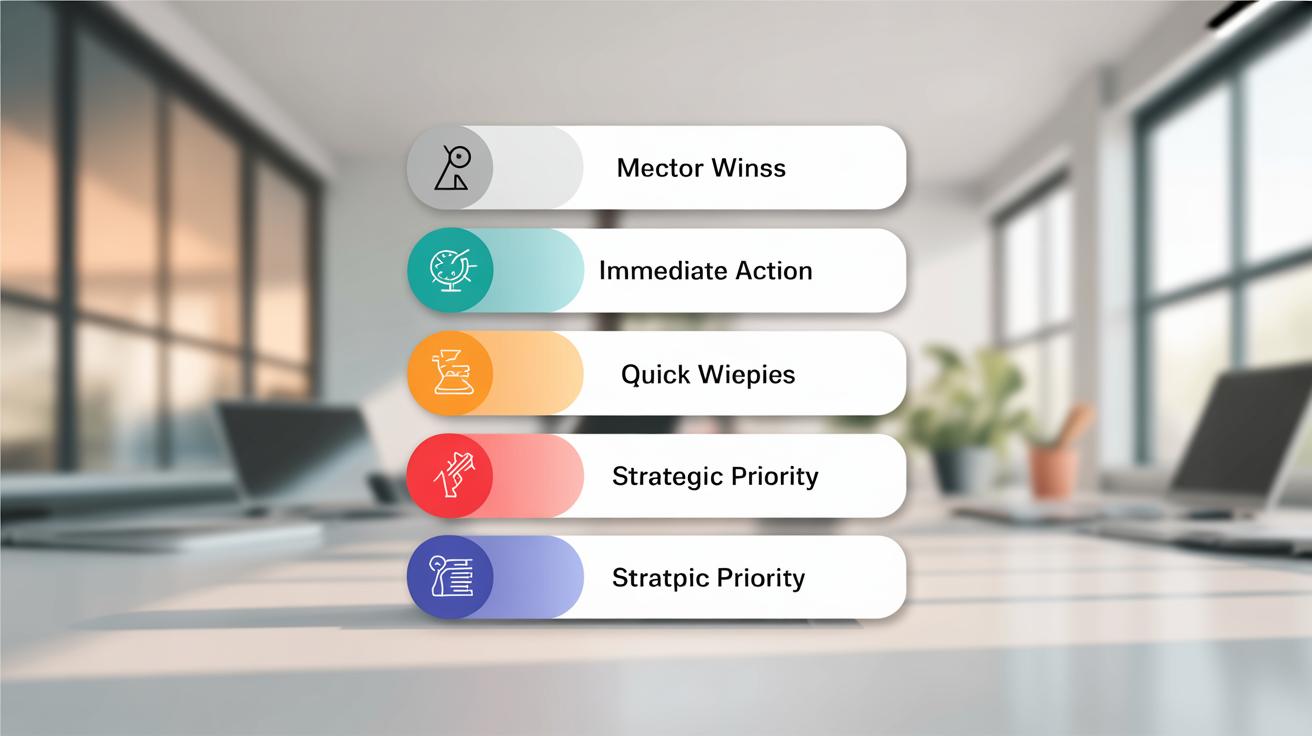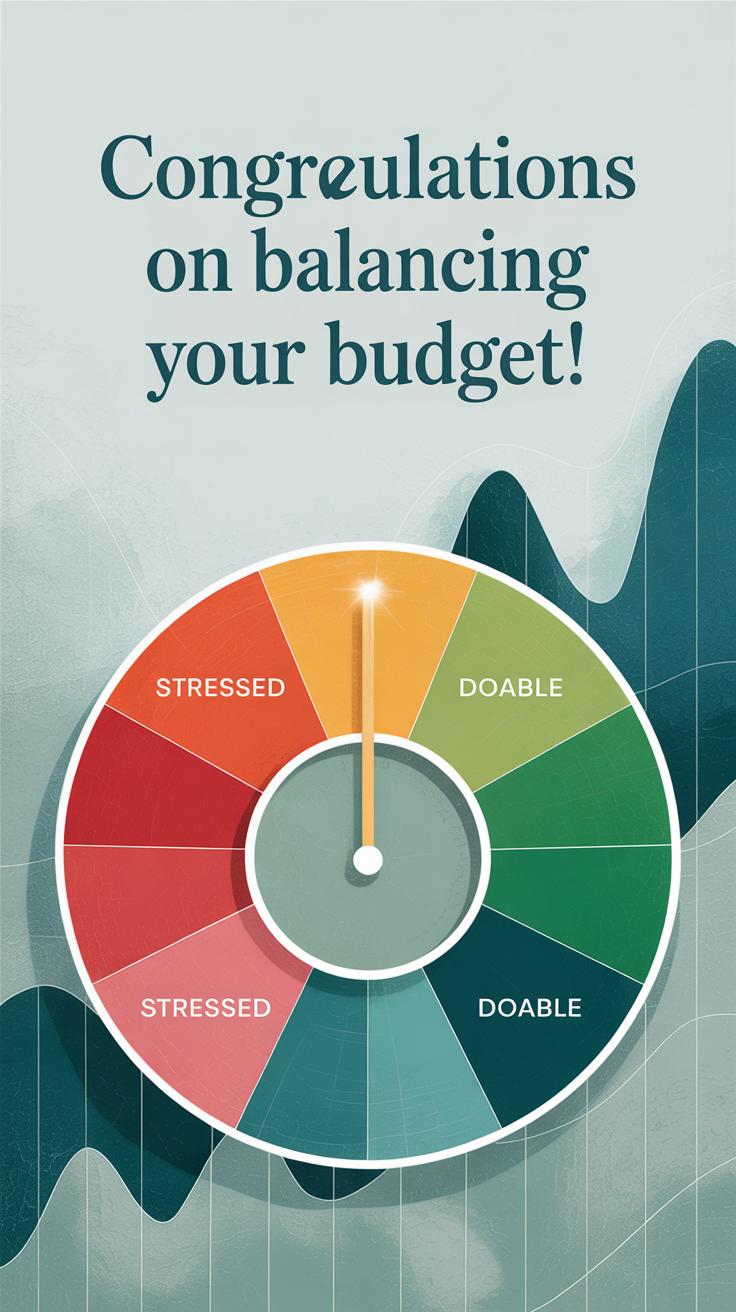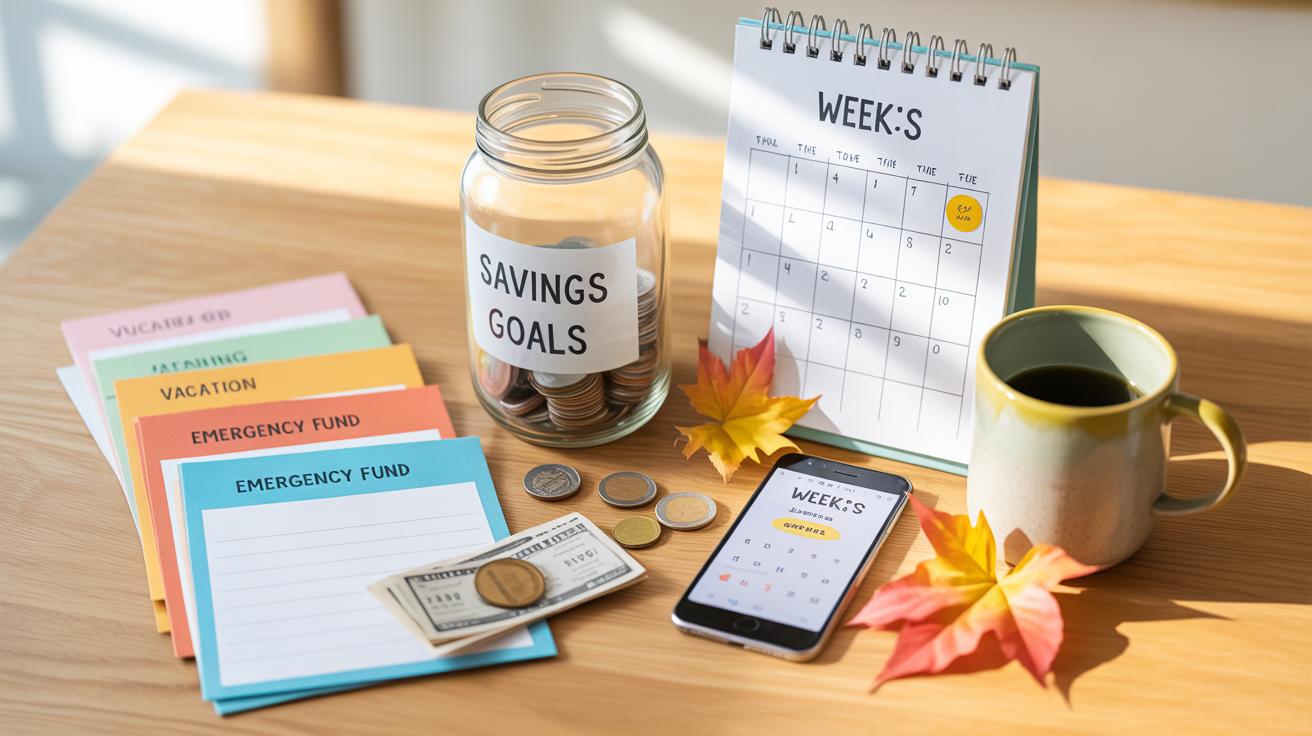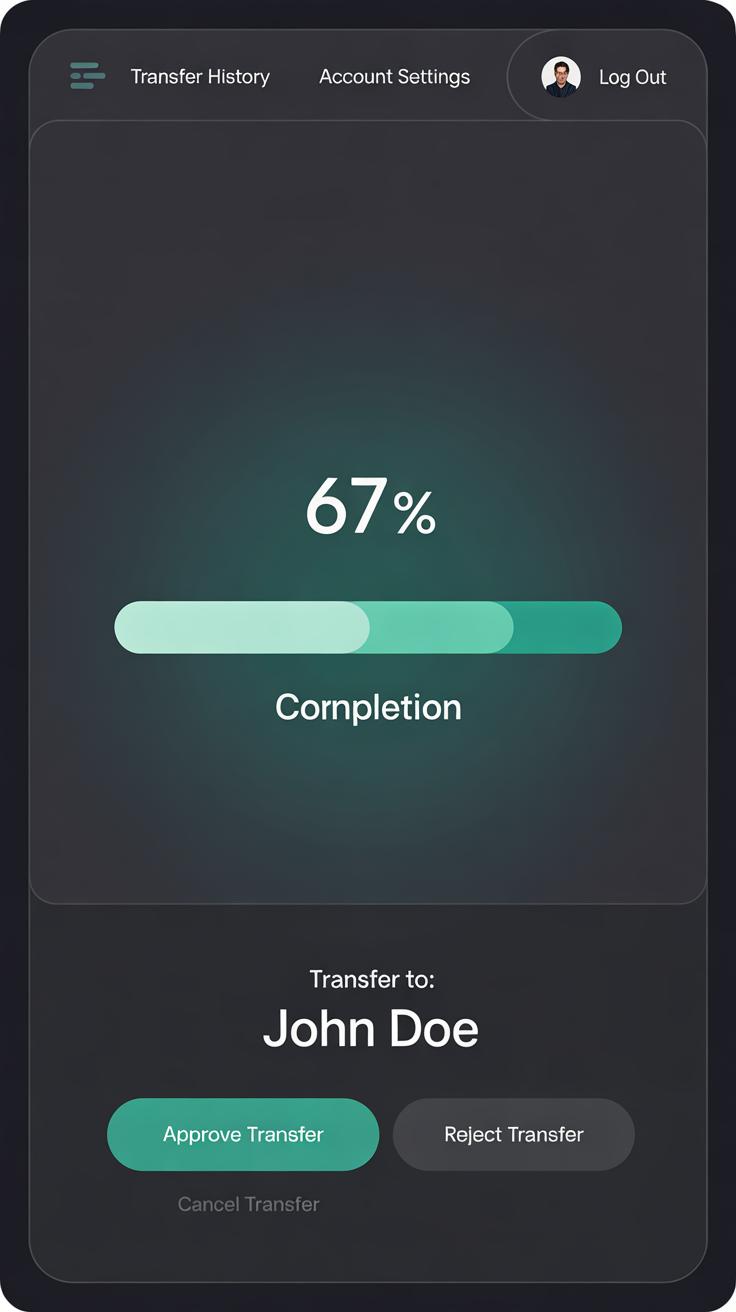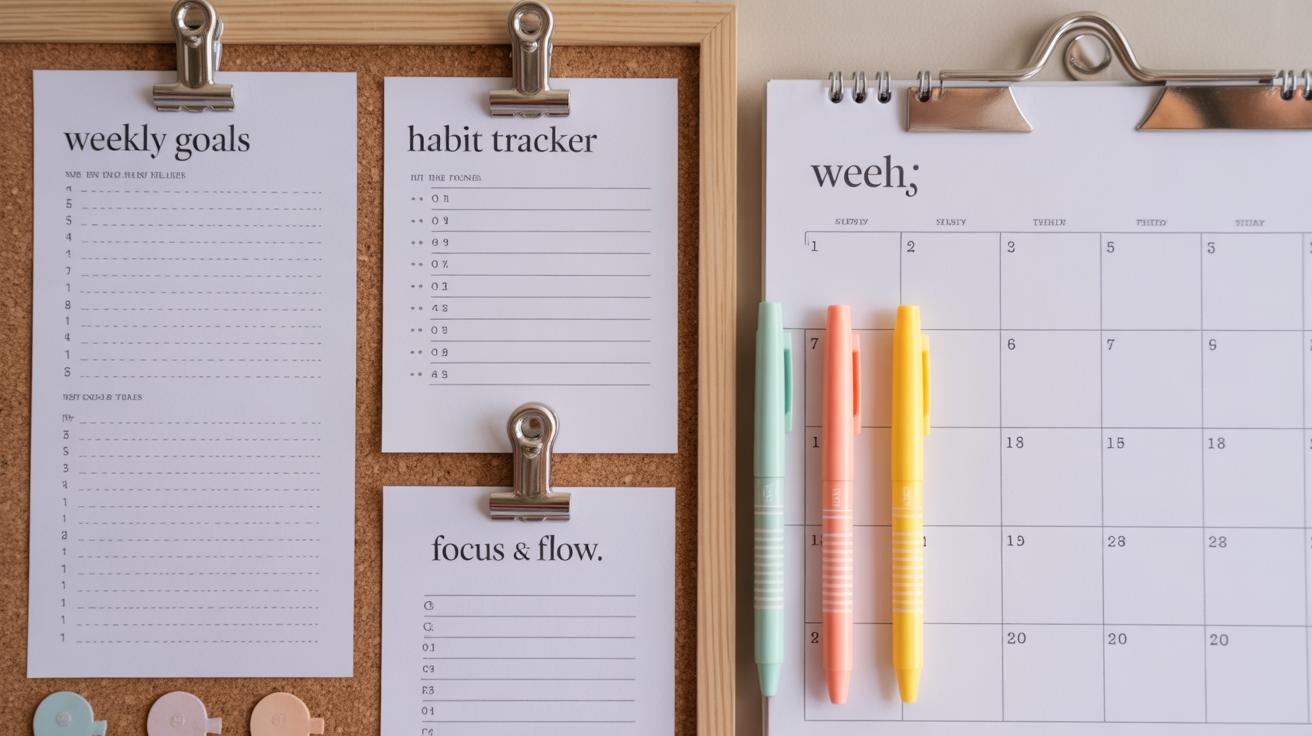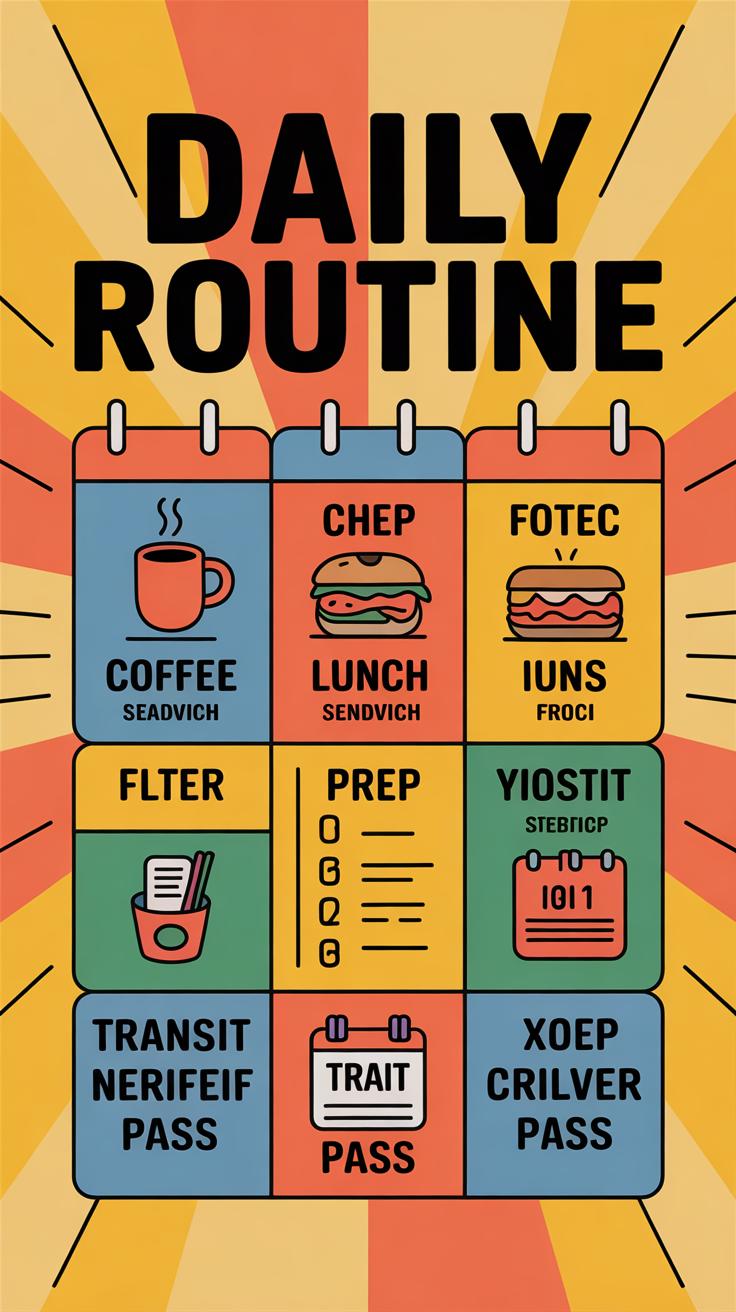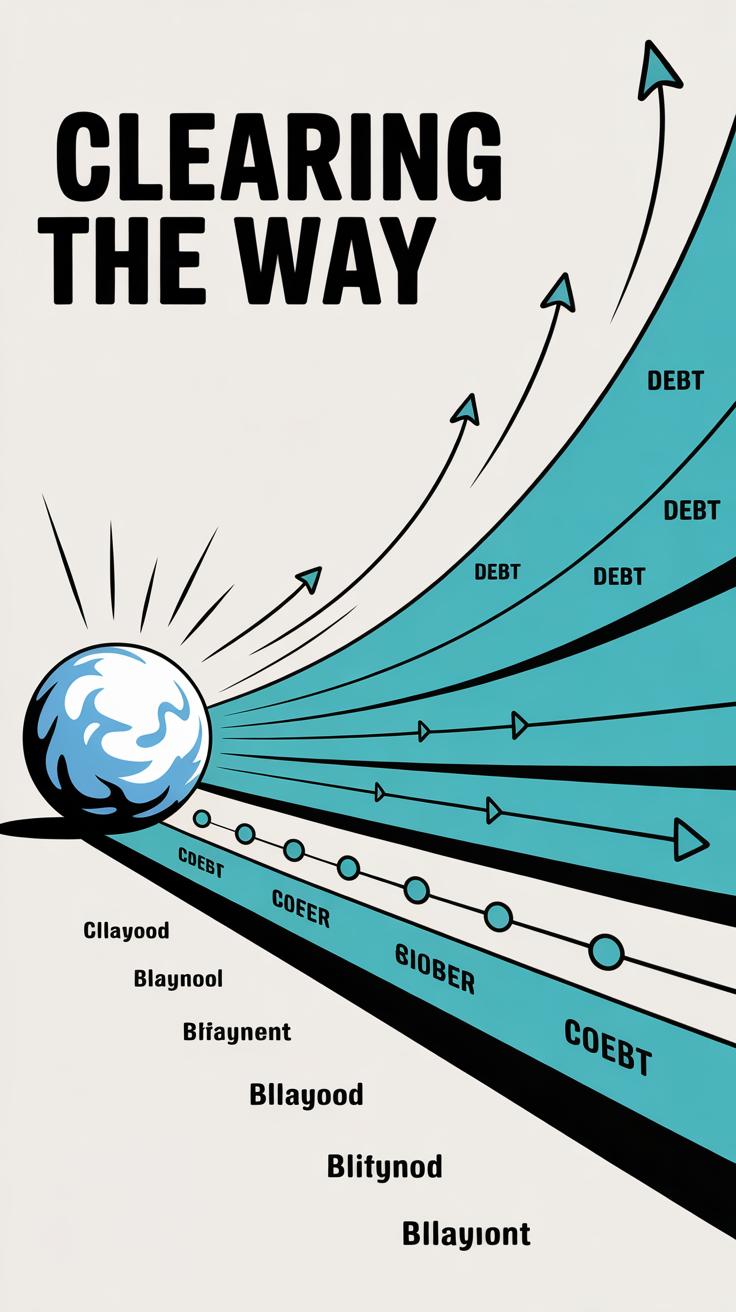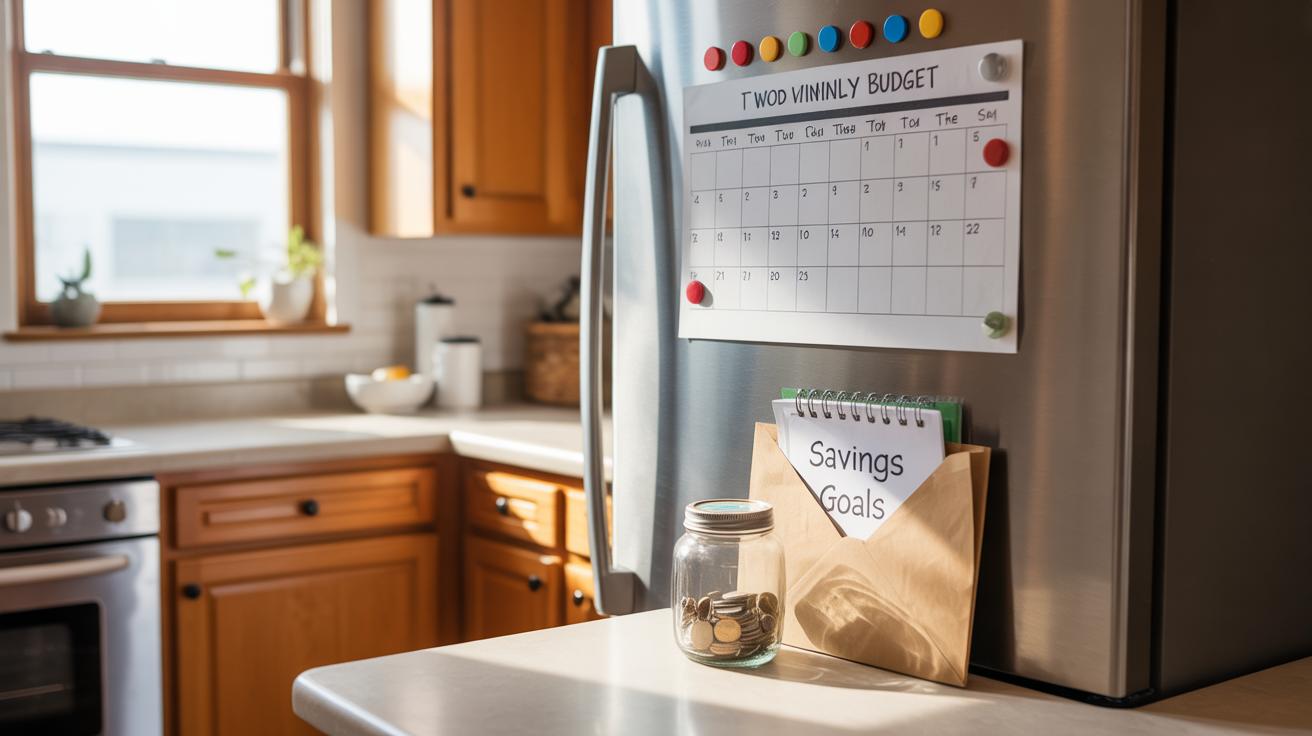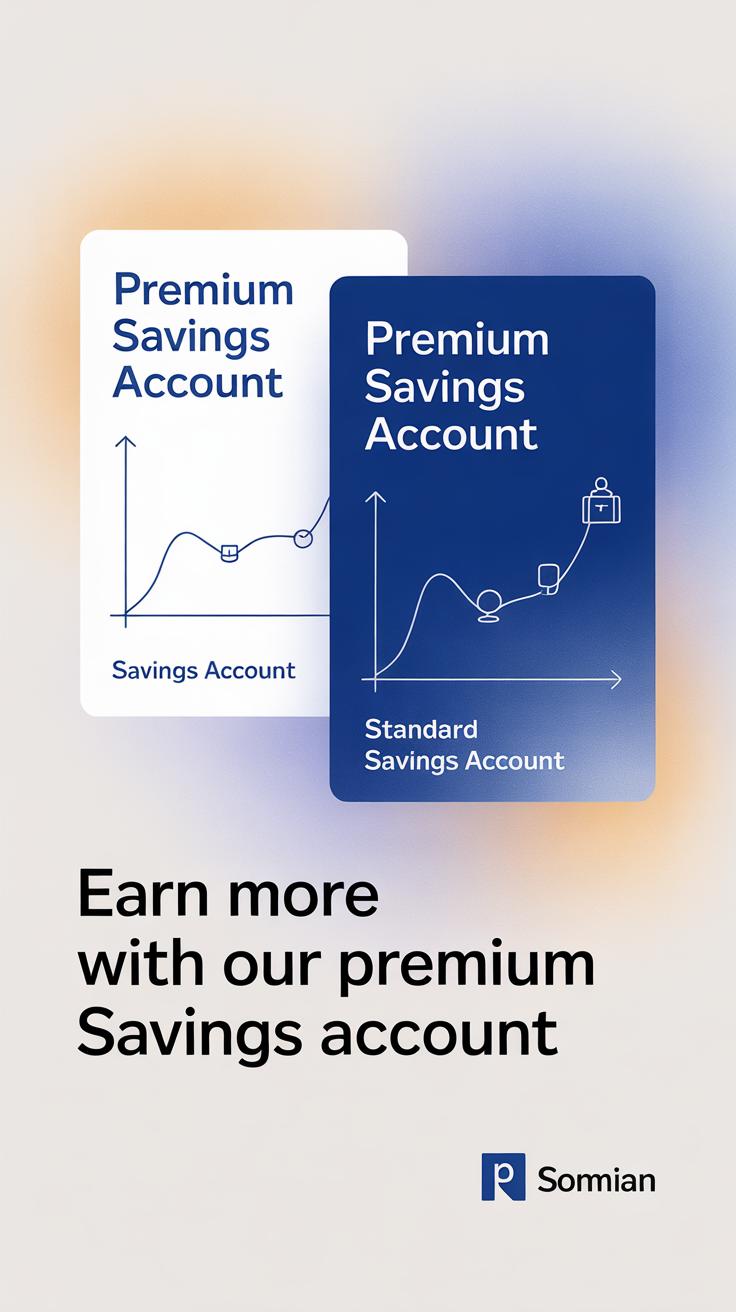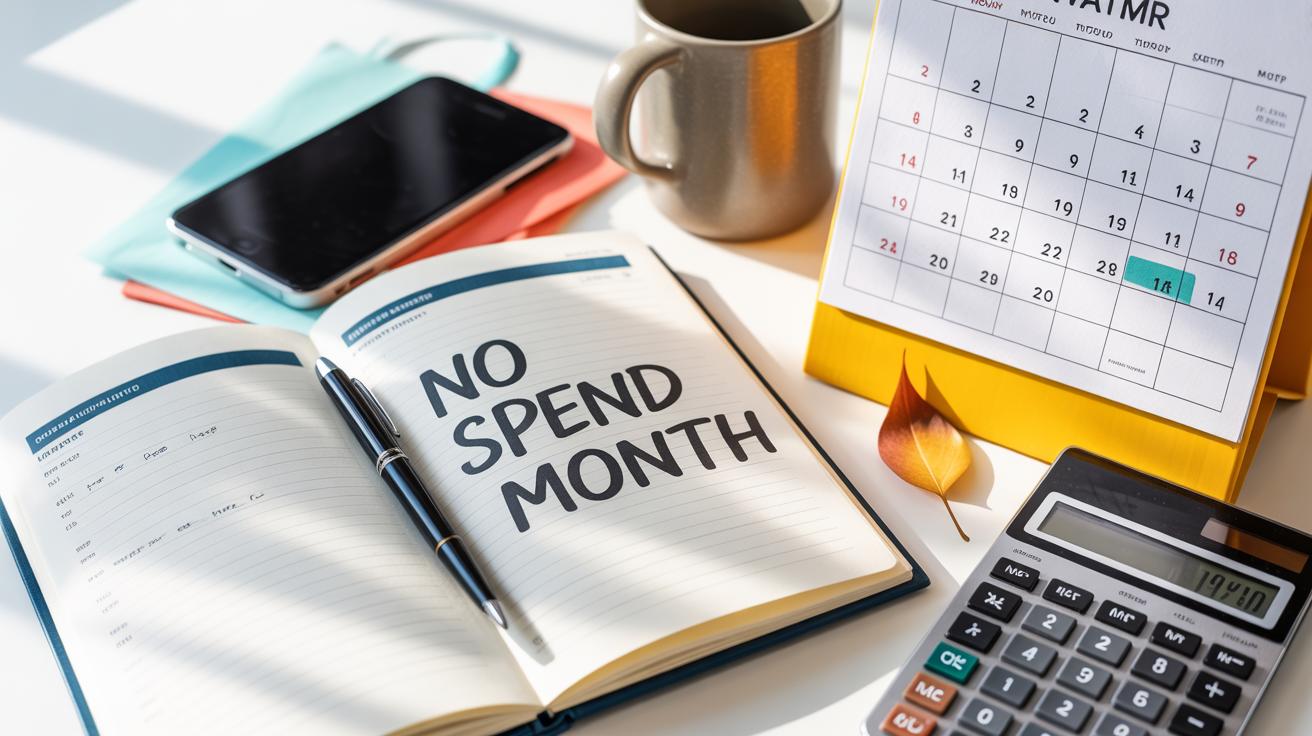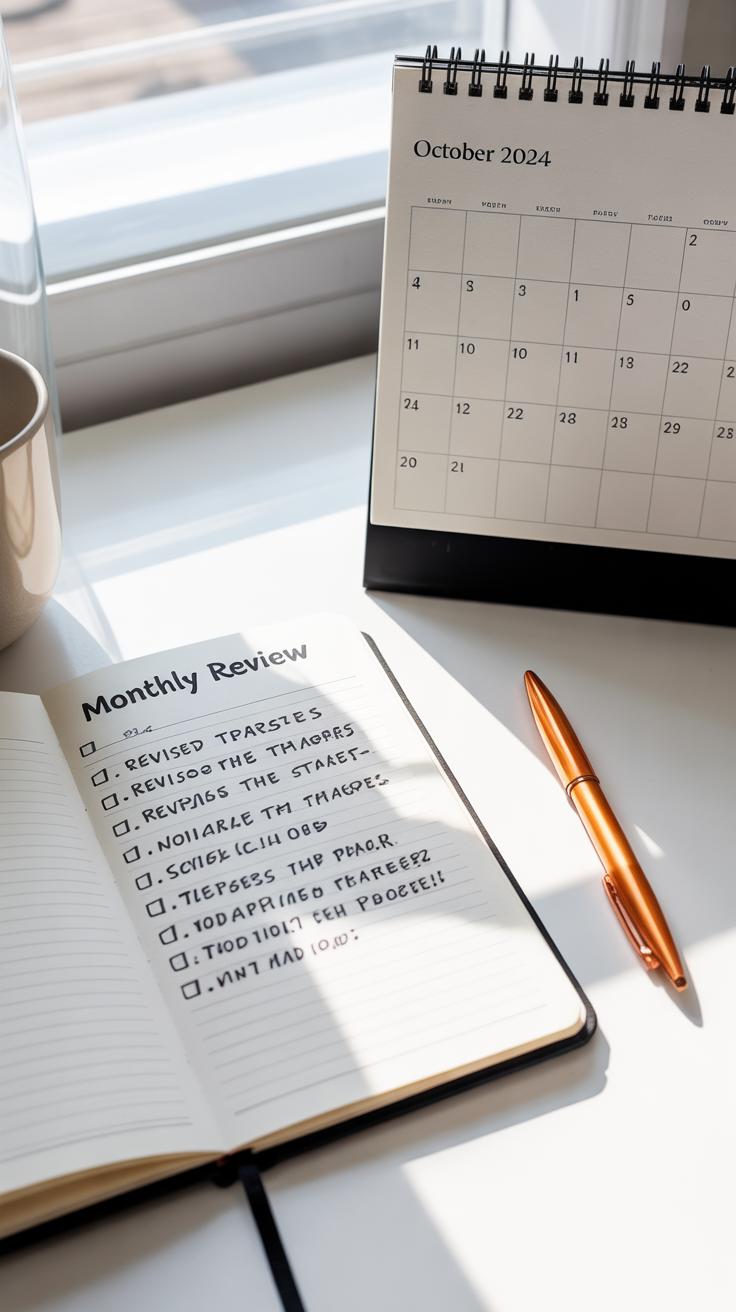Introduction
Money saving is something most people want to do, but not everyone knows the best way to start. There are many methods you can use to save money, from simple daily changes to bigger life choices. This article will explore some of the best money saving methods and rank them based on how much effort they need and how much they can help you save. Understanding these methods helps you pick the ones that fit your life the best.
Saving money is more than just putting a little aside now and then. It means thinking about your spending, making smart choices, and being patient for the result. Some methods may take more time or effort but pay off big in the long run. Others are quick and easy but save less. Let’s learn about these different ways to save money and find which work best for you.
Setting A Realistic Budget
Setting a realistic budget can make a huge difference in how you save money—and yes, it feels a bit tedious at first, but stick with me. When your budget reflects what you actually earn and spend, rather than some idealized version of your finances, it helps keep things grounded. You gain a clearer picture of where your money goes, which can stop those sneaky expenses from piling up unnoticed.
To create a budget that fits you, start by gathering all sources of income. This includes your salary, side gigs, and any irregular payments you might get. Then, write down your monthly expenses. Be honest, list everything: rent, groceries, utilities, even that occasional takeout. Try not to underestimate.
Next, set saving goals—not vague targets but realistic ones, like a fixed amount each month or a percentage of your income. Then comes tracking. Keep an eye on your spending as the month goes on, comparing what you planned to what actually happened. It’s normal for a budget to need adjustments here and there. Life changes, and your budget should too.
It’s funny—sometimes just seeing the numbers in black and white makes you hesitate before that impulsive buy. Over time, you might realize some expenses aren’t as necessary as you thought, or you need to tweak your goals. This ongoing process makes saving less of a guessing game and more something you can control—even if perfect balance feels out of reach.
Using Automatic Savings
Automatic savings can take a lot of the hassle out of building your nest egg. Instead of relying on your own willpower each month, money moves quietly from your checking account to a savings account without you lifting a finger. It feels almost too easy—like your money saves itself. That’s one reason why many people find this method surprisingly effective.
How Automatic Savings Work
Setting it up usually means arranging a recurring transfer with your bank, often timed with payday. For example, you might decide to move $100 every two weeks into savings. Once you set this up, the process repeats automatically. Over time, it’s less about making a conscious choice and more about following a new habit—saving becomes the default.
It’s interesting how something so simple can change your relationship with money. Suddenly, you’re not actively “giving up” spending money; the cash is just gone before it even hits your hands.
Benefits Of Automation
One big benefit is sidestepping the temptation to spend. If the money sits in your checking account, it’s tempting to tap it for things you don’t really need. Automatic transfers help prevent that because the money is out of immediate reach.
- Regular, reliable saving—no matter how busy or distracted you get
- Less stress around making the “right” saving decision each month
- Builds discipline passively, without conscious effort
Still, it’s not a perfect fix. Sometimes it feels a little rigid; what if bills pile up and the transfer still goes through? You might need to tweak the amount from time to time. But overall, this method nudges your savings forward steadily. It’s a kind of safety net that gently pushes you along.
Cutting Everyday Expenses
Small daily expenses can quietly drain your budget without you even realizing it. Cooking at home instead of dining out is one of those straightforward ways to keep more money in your pocket. It might seem like more effort at first, but over time, the savings add up—and sometimes, once you get in the rhythm, cooking feels less like a chore and more like a break.
Using coupons or looking for digital deals before shopping also cuts costs, even if it means a few extra clicks or minutes. It doesn’t have to turn into a full-time hobby; just a quick glance can reduce your grocery bill significantly.
Subscriptions often slip under the radar. Think about those you haven’t used lately—streaming services, magazines, gym memberships you’re hardly visiting. Cancelling unused or redundant subscriptions frees up cash fast—and it won’t wreck your lifestyle.
Spotting unnecessary costs means paying attention to where your money vanishes daily. Maybe it’s that expensive coffee or last-minute convenience snacks. What about energy costs? Turning off lights or unplugging devices can shave a bit off your bills.
Here are some easy cuts to consider:
- Plan meals ahead to reduce food waste and eat out less.
- Clip coupons or use apps that find discounts automatically.
- Lower your thermostat a degree or two—small changes affect energy bills.
- Review and cancel memberships and subscriptions you rarely use.
It’s tempting to think small savings won’t matter. Still, they slowly accumulate. Over a year, those tiny cuts might cover a utility bill or contribute to something bigger. Have you tracked one daily expense recently? You might be surprised at what you find.
Building An Emergency Fund
What Is An Emergency Fund
An emergency fund is a stash of money set aside to cover unexpected expenses. Think of it as your financial buffer when things go sideways. It’s not for splurges or planned purchases but for sudden costs like a car repair, medical bills, or even losing your job temporarily.
For example, imagine your boiler breaking down mid-winter. Without an emergency fund, you might have to rely on credit cards or loans. Or say your hours get cut at work—you’d want some money to keep paying rent and bills without stress.
How To Start Your Fund
Starting an emergency fund can feel overwhelming, especially if money’s tight. But small steps help. You don’t need to save a full three- to six-month cushion overnight. Even $5 or $10 regularly tucked away adds up over time.
- Set up a separate savings account so the money isn’t tempting to spend.
- Automate transfers right after you get paid—even a small amount makes a difference.
- Use windfalls like tax refunds, bonuses, or gifts to boost the fund.
- Cut back slightly on non-essential spending and redirect that money to your fund.
It’s normal to feel uncertain about dipping into your emergency fund. But knowing it’s there can stop you from sliding into debt when life throws a curveball. And that peace of mind? Worth every penny saved.
Paying Off Debt Quickly
Debt can be a real drain on your finances. Every month, interest builds up, quietly eating into money you might otherwise save or spend on things that matter to you. It’s hard to build any kind of financial cushion when a chunk of your income goes straight toward servicing debt. You might think, “Well, I’m making the minimum payments, so maybe it’s not so bad.” But the truth is, interest charges can stretch the life of your debt for years, sometimes decades, making it much more expensive than you might expect.
Cutting down debt early frees up cash flow and reduces those nagging interest costs. You get to keep more of your money, rather than paying for past borrowing. This doesn’t just improve your financial health—it can change how you feel about money altogether.
There’s no one-size-fits-all answer for knocking out debt faster, but a few methods tend to stand out:
- Snowball method: Pay off the smallest debts first, gaining momentum and motivation as balances disappear.
- Avalanche method: Focus on debts with the highest interest rates to minimize total interest paid over time.
- Debt consolidation: Combine several debts into one loan with a lower interest rate, simplifying payments and possibly cutting costs.
Each approach has its pros and cons. The snowball method feels rewarding, but can cost more in interest. The avalanche method saves you money but may take longer to feel progress. Consolidation sounds neat but sometimes requires discipline to avoid piling up new debt. Which do you think fits your style better?
Living Frugally Without Sacrifice
Frugality isn’t just about spending less money. It’s more about being intentional with what you have and how you use it. Instead of cutting costs by default, frugal living means valuing your resources and avoiding waste in ways that don’t make life feel harder or less enjoyable. Sometimes, that means choosing quality over quantity or fixing something instead of tossing it out—which can actually be satisfying rather than a chore.
Think of frugality as a mindset: thoughtful consumption rather than deprivation. It’s about asking, “Do I really need this? Can this last longer?” Most of the time, the answer isn’t just to buy cheaper or less. It’s about smarter choices that fit your life without forcing constant sacrifice.
Some frugal habits you might consider include:
- Repairing clothes, gadgets, or furniture instead of replacing them quickly. I’ve kept my old bike for years just because I learned to fix the gears myself. It’s cheaper and feels a bit rewarding.
- Buying secondhand items, especially for things that don’t lose function when used—books, kitchen tools, even clothes. Sometimes, it leads to finding things with more character than brand new stuff.
- Choosing entertainment that costs little or nothing, like hiking, visiting free museums, or hosting game nights at home. They’re often more relaxing than expensive nights out and strangely more memorable.
So, what’s the point? Frugality doesn’t have to feel like a limitation. Instead, it’s about reshaping your habits to respect what you have, and in doing so, saving money in a way that feels less like sacrifice and more like gain.
Using HighInterest Savings Accounts
What Are High-Interest Accounts
High-interest savings accounts are, basically, savings accounts that pay you more interest than a regular savings account. Instead of just watching your money sit there slowly growing, these accounts offer a higher rate, so your savings can grow faster. Think of it like your money working a bit harder for you, without any extra effort on your part.
Most traditional savings accounts, especially at big banks, tend to offer very low interest rates—sometimes close to zero. High-interest accounts, often offered by online banks or credit unions, typically give you a rate several times higher. That can really add up over months or years.
Choosing The Right Account
Picking the best high-interest savings account isn’t always straightforward. Here are some practical tips to keep in mind:
-
Compare interest rates: Look beyond the headline rate. Some accounts offer a high introductory rate that drops after a few months.
-
Check for fees: Any monthly maintenance fees or withdrawal limits can eat into your earnings.
-
Minimum balance requirements: Some accounts require a minimum amount to earn the top rate—or to avoid fees.
-
Access to funds: Can you easily transfer money? Some online banks make it simple; others might have delays.
I’ve found that despite all these factors, having your emergency fund in a decent high-interest account can be reassuring. You want growth, yes, but also quick access if things come up. So it’s a balancing act.
Sometimes the difference between a mediocre and a good high-interest account might feel small, but over time, that little edge can boost your savings more than cutting a few dollars from your grocery bill. Wouldn’t you rather watch your money grow with less hassle?
Taking Advantage Of Discounts and Coupons
Coupons and discounts offer a surprisingly simple way to save money without forcing you to overhaul your buying habits. You can still purchase the same groceries, clothes, or household items you usually do, but at a lower cost. It’s almost like getting a little reward for shopping as normal. I’ve noticed that clipping a few coupons now and then adds up, especially when combined with store sales.
Finding coupons might feel a bit like a treasure hunt, but they’re more accessible than you might think. Traditional newspapers often have coupon inserts on weekends, while plenty of websites and apps focus solely on deals—sometimes even tailored to your favorite stores. If you want a quick tip, check an app before your next shopping trip; you might be surprised by what you find.
To really get the most out of coupons, it helps to stay organized. A simple envelope or a digital folder with categorized coupons can prevent you from forgetting them at home or letting them expire. But watch out—using coupons for things you don’t need can backfire. The goal is to save money, not spend more because something “feels” like a deal.
What’s your current approach to coupons? Could a little planning save you both time and cash without much hassle? Sometimes, just being aware of deals is enough to change how much you spend.
Investing To Grow Savings
When you keep your money in a regular savings account, it grows very slowly—if at all—because interest rates tend to be quite low. Investing offers a different path: it puts your money to work in places like stocks or bonds, where it can grow faster over time. That doesn’t mean it’s risk-free. Investments can go up or down, sometimes unpredictably, and you might lose some or even all of what you put in. But if you’re patient, the rewards can outweigh those risks.
Why consider investing at all? One key reason is inflation. Prices tend to rise over time, meaning your money buys less in the future. Simply saving cash often isn’t enough to keep up. Investing can help your savings grow enough to not only keep pace with inflation but potentially build real wealth. For example, stocks have returned more over decades than traditional savings accounts, though with occasional dips that can be unnerving.
If you’re new to this, starting small is a smart move. You don’t need a lot of money to begin. Index funds, which track large groups of stocks, are often suggested because they spread risk and require less daily attention. Apps and platforms today make it easier than ever to buy and hold these funds with minimal fees. Even putting aside a small amount each month can add up, and it helps you get used to the idea of investing without feeling overwhelmed or exposed to big losses early on.
Reviewing And Adjusting Your Plan
Your financial situation doesn’t stay still. You might get a raise, face unexpected bills, or change priorities—life just happens. That’s why checking in on your saving methods regularly matters. Skipping review means you could be missing signs that something isn’t working or opportunities to do better.
Take a moment every month or quarter to see where you stand. Are you reaching your goals? Are some methods harder to keep up than you thought? Maybe your budget categories need shuffling. For example, if you’ve cut back on eating out but suddenly find more expenses in transportation, your plan might need tweaking.
When adjusting, look closely at your progress. Ask yourself: Is this goal still relevant? Does this saving strategy fit my current lifestyle? Don’t hesitate to pause or swap methods if they don’t feel right anymore. Sometimes small changes—like automating a transfer or trying a cheaper subscription—can make a big difference.
- Set a regular reminder to review your budget and savings.
- Track actual spending, not just planned numbers.
- Spot trends: Are you consistently overspending or undersaving?
- Adjust goals based on life changes, like a new job or family needs.
- Change saving methods if they’re too stressful or ineffective.
Remember, your plan isn’t fixed. It needs to flex with changes to keep you moving forward, not hold you back. You might feel a bit uneasy changing strategies. That’s normal. The key is to keep adapting without losing sight of your bigger picture.
Conclusions
Saving money is possible for everyone if you find the methods that fit your needs and lifestyle. Some ways require little effort but help you save small amounts, while others need more work but offer bigger rewards. By combining different methods, you can build a savings habit that grows over time.
Remember, the key is to start simple and keep going. Adjust your methods as you learn what works best. Staying patient and focused will help you reach your financial goals and give you peace of mind. Now is the best time to take control and begin saving smarter.


